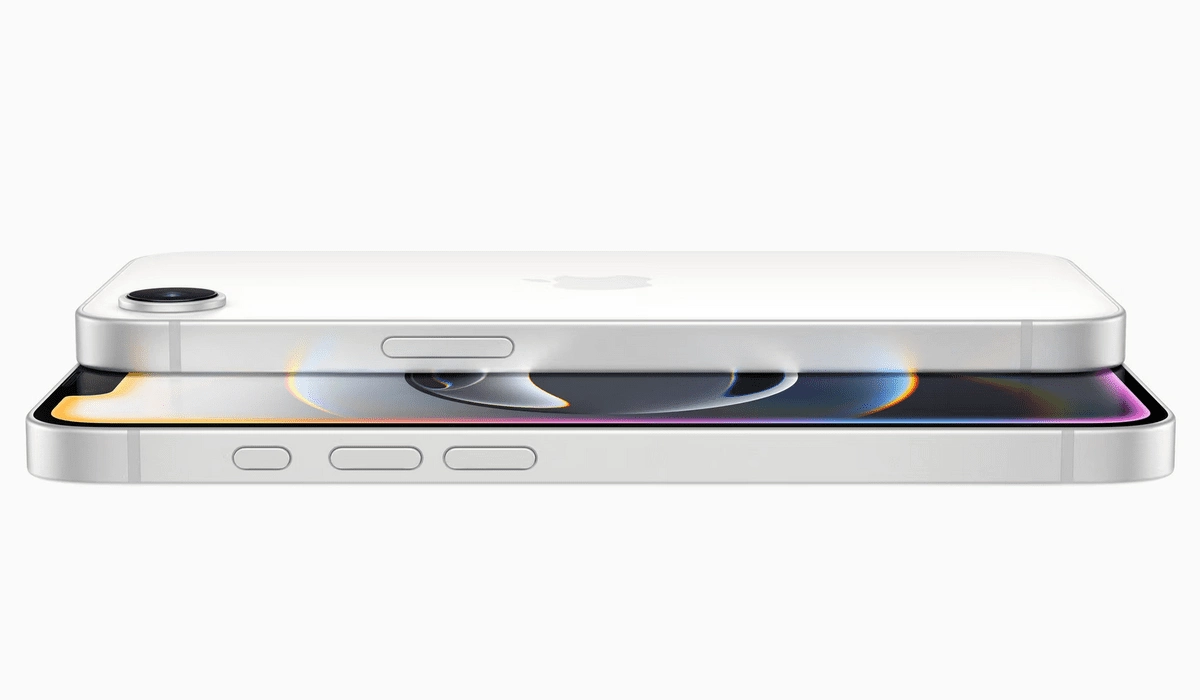New iPhone 16e Misses Thread Radio - A Curious Omission
Apple’s new iPhone 16e has been announced, but unlike other devices in the range, it doesn’t include Thread radio functionality. Why is this?

Please note: This page may contain affiliate links. Read our ethics policy
The much-anticipated budget-level entry into the iPhone 16 range, the iPhone 16e, has been unveiled, but it’s probably not as smart as you were expecting.
The iPhone 16e boasts the powerful A18 chip and a 48MP Fusion camera, and it can also hold onto its battery charge for a bit longer. But while this is all available for just $599 (compared with $799 for the iPhone 16 and $1199 for the iPhone 16 Pro Max), it misses an important feature.
The significant omission of a Thread radio could potentially hamper attempts to manage a Matter smart home.
Apple Drops the Thread
Other iPhone 16 phones have Wi-Fi 7. Bluetooth 5.3, and Thread. The iPhone 16e, meanwhile, merely has the Wi-Fi 6 and Bluetooth 5.3. Thread radio support is nowhere to be seen.
Elsewhere smart devices of all form factors are increasingly incorporating Thread connectivity.
In case you didn’t know, Thread is a low-power mesh networking protocol, designed for IoT (Internet of Things) devices. It’s commonly used in smaller, battery-powered gear that isn’t Wi-Fi capable – think smart sensors – and aspires to seamless communication, thanks to direct device-to-device communication and reduced reliance on a hub.

So, what is going on? Why has Apple omitted Thread from the iPhone 16e? Is it a cost-saving measure? Or could it be a (somewhat counterintuitive) strategic choice, something to push smart home enthusiasts toward the more prestigious models in the iPhone 16 range?
Think Like a Genius
From our point of view, ditching Thread support on this phone won’t just limit its future smart home compatibility. There is also a chance it could be ditched by users sooner – and therefore end up as waste – simply because it cannot integrate well with a future smart home. If you’re planning a smart home, then this is a phone you should consider avoiding if Thread connectivity is desirable. Careful evaluation of your smart home requirements is always wise, after all.
Unless you’re desperate for the latest iPhone but have a tight budget, stumping up the extra $200 and opting for the standard iPhone 16 seems like a wiser alternative. After all, future proofing your smart home is one of the main qualities of Matter.
About the Author

Christian Cawley
Editor in Chief
Christian has been writing about technology since the mid 2000s, and has been published in numerous publications, online and in print. These include Android Magazine, Linux User & Developer, Linux Format, Tech Radar, Tom's Hardware, and Computer Active. From 2014-2024, he was a section editor and later deputy editor at MakeUseOf, before joining the Matter Alpha team. Christian enjoys old video games (mainly C64, Amiga, and MS-DOS), classic TV, and telling everyone who will listen that they should have a robot cleaner. When he's not shaping articles, Christian is a dad to three dancers, collects Lego, and is an avid home chef.